The year 2022 will see the construction industry emerge and expand after a rocky era of revising estimates and shifting expectations. Increased labor prices and labor shortages continue to put pressure on the construction sector to come up with innovative, competitive new concepts, while stronger rules help to decrease room for error and waste.
The COVID-19 pandemic altered how the construction sector conducts business since last year, affecting everything from project scheduling and closure to employee hiring and client meetings. Future industrial trends will be impacted by the pandemic’s effects in a number of ways. The construction site is constantly changing, new technology is making it easier to win jobs, and profit margins are rising. The roles of frontline employees and industry professionals are evolving due to trends and movements.
Taking advantage of these construction trends will be beneficial for any construction firm as the market changes and the industry gets more competitive. To stay competitive, read on for the top 10 construction sector trends to watch in 2022.
Summary of Contents
Equipment for Protection
Advanced Technology
Expanding Labor Market
Mobile Access and Remote Worksites
Increasing Material Prices
Green Construction
Offsite and Modular Construction
Software for Construction Management
Concentrating on housing projects
The Smart City
1. Equipment for Protection

The COVID-19 epidemic had a significant influence on the construction sector, and new state rules emphasizing cleanliness and stringent safety procedures have already had an impact on building site guidelines. This also includes more union control over projects, which could increase project cost and duration.
The industry is also observing an increase in equipment that can recognize typical safety concerns and remove them one at a time. Work boots that link to Wi-Fi and notify others if someone has fallen are examples of wearable technology that are making their way to construction sites. Material-moving “mules” move bulky or dangerous items, while robots with specific tasks build scaffolding or place bricks on their own. While keeping workers aware of their surroundings, headsets can even actively reduce noise pollution.
Beyond protective equipment for workers, we are already witnessing robots completely replace some human workers. Instead of “replacing” humans, these robots are really altering the work that humans perform. In most situations, they are enhancing human decision-making (such as interpreting and translating data results into useful insights) and freeing up positions for other, more advanced professions.
Environmental sensors that detect noise, heat, and wind at construction sites provide warnings to evacuate construction workers and move expensive construction equipment in the event of an emergency or natural disaster, and the use of 3D printing continues to soar, resulting in decreased transportation risks.
2. Advanced Technology
The biggest differentiator for builders and developers this year will likely be technology in construction — specifically, the innovations that can enhance efficiency. The COVID-19 pandemic has caused an increased reliance on construction technology, too. These are a few types of tech that will only increase in popularity through 2022 and beyond:
Insightful Contracts

According to experts, blockchain technology is enhancing connections in the construction sector because it’s a key enabler of a faster, more secure workflow that increases productivity for all parties involved.
All participating organizations in a project can buy, track, and pay for services using smart contracts’ shared business system. Firms can utilize smart contacts as an all-in-one tracking system where rules and deadlines are specified and the blockchain enforces them rather than obtaining contracts and tracking deliveries from different parties. This solution will result in quicker closeouts, better project tracking, increased security, and an automated supply chain.
Drones for construction
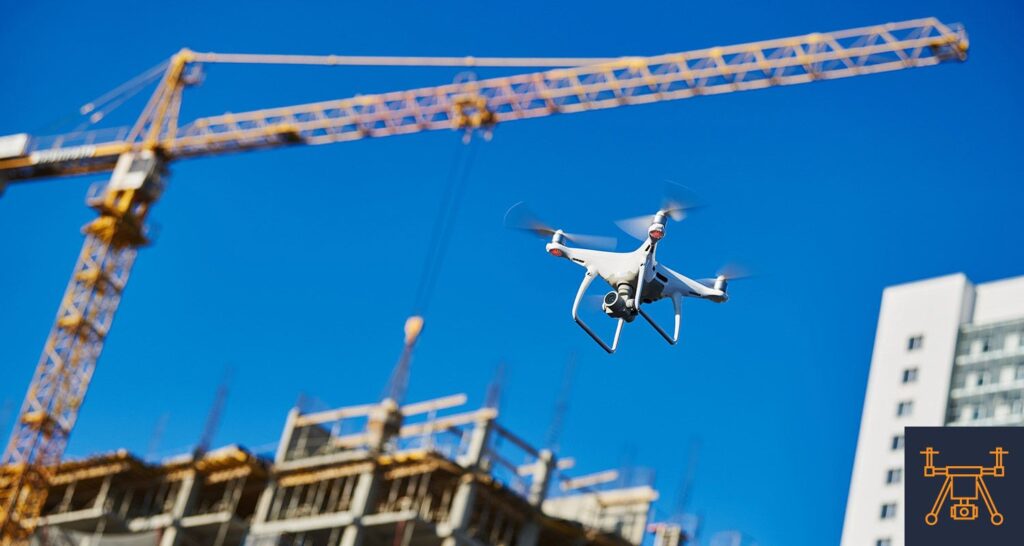
With usage increasing by 239 percent yearly, drone use in the construction sector continues to be one of the trends with the quickest growth rates. Aerial photography for real estate and business purposes is only one of the many applications available for the technology.
Today’s drones are utilized to quickly map big areas over great distances, creating useful thermal images and aerial heat maps. The developing drone software offers real-time, useful information that can be utilized to make decisions quickly, thereby optimizing the entire construction process.
The largest liabilities in construction continue to be personal safety and equipment loss. In order to avoid injuries, drones can complete tasks that require scaling extremely tall structures. Drones can be used as on-site security equipment to cut labor expenses and lower the chance of theft, keeping projects on schedule and reducing delays.
Future applications that are more sophisticated include organizing moving construction equipment with AI and tracking equipment depreciation.
Artificial Reality (AR)
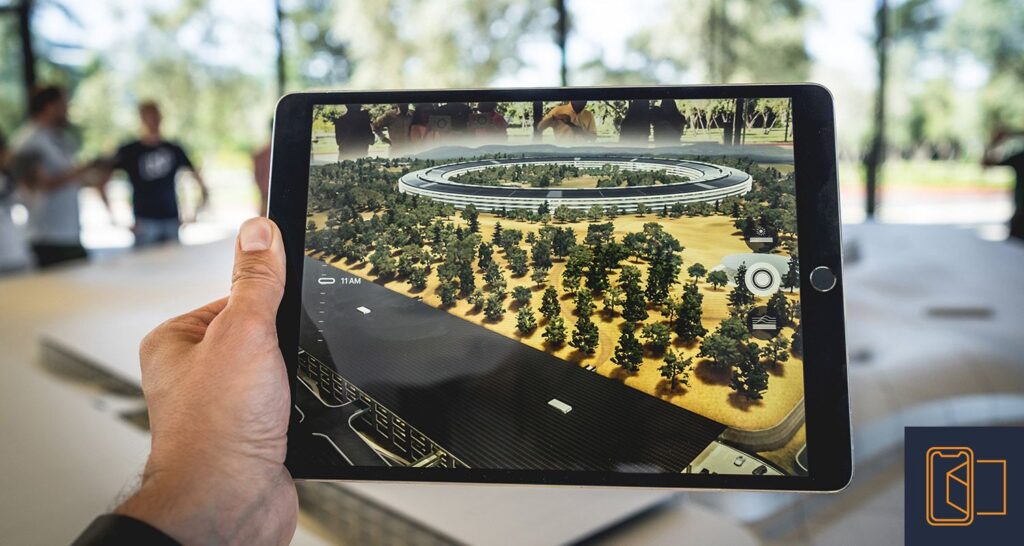
By the end of the decade, the market for AR is predicted to be worth more than $1.2 trillion, up from around $37 billion in 2019. AR means effective project staging and making preconstruction projects tangible for purchasers and tenants from the client’s perspective.
AR makes it easier for developers and builders to employ 360-degree video and wearable technology to:
Future projects’ 3D rendering of their surroundings
Automated building measurement
Simulating architectural and structural changes quickly and affordably
Hazard simulations and safety training
Modeling of building information (BIM)
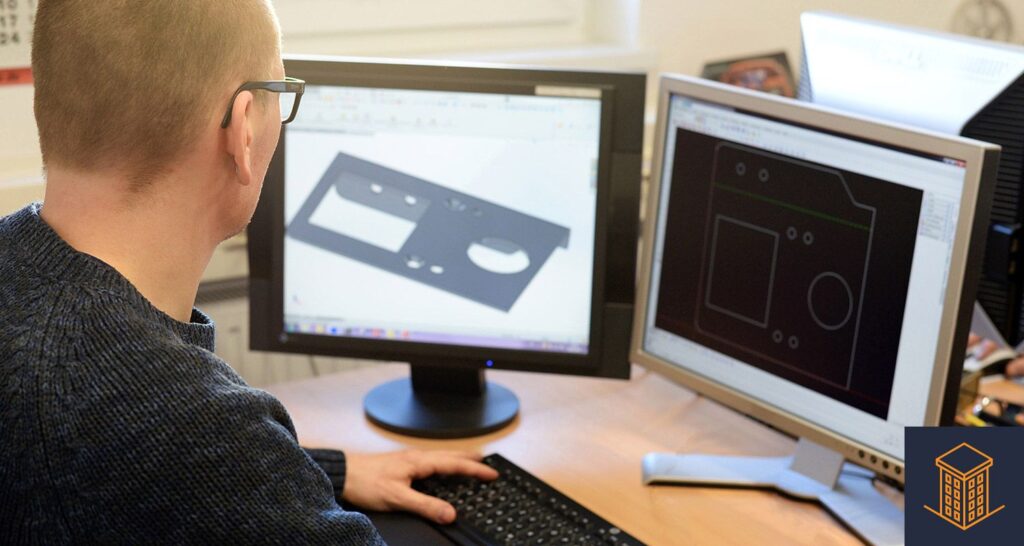
Industry leaders are standing out by using building information modeling technology to increase productivity. Users of BIM can create digital renderings of structures and utilities. Due to the simplicity of controlling these models and exchanging data, better prefabrication of parts may be possible, resulting in accurate and on-time completion. It is “a sophisticated 3D model-based technique to assist experts manage buildings and infrastructure,” according to Autodesk.
Top-rated BIM software options that will be on the market in 2022 include:
3. Growing Need for Laborers

A significant rise in the demand for workers is one of the most obvious building developments of recent years. Although robots do take up a lot of the slack, quality labor is expensive and in high demand.
Despite these robots’ best efforts, managing and interpreting the data generated by new technology will require the assistance of highly educated employees. Thankfully, more women are assuming roles that need greater competition. Only 10.9 percent of construction industry jobs are held by women, according to the Bureau of Labor Statistics, and hiring trends show a 94 percent increase in female-owned construction firms from 2007 to 2018; in addition, 30 percent of construction companies promoted a woman to a senior position in 2018.
In its hiring efforts, the sector is also focusing on Generation Z, those people born between 1995 and 2010. In the past, it was difficult to find new talent for the construction industry due to negative impressions of trade schools. The COVID-19 pandemic changed people’s perceptions of alternative educational opportunities and led to an uptick in favorable attitudes toward trade schools, putting construction companies in a good position to highlight the industry’s high potential for career advancement and the abundance of opportunities for experimenting with new technologies.
4. Mobile Access and Remote Worksites

Real-time inspections, on-site accountability, and precise measurements obtained with a mobile phone camera are all made possible by mobile applications in the construction sector.
Teams were required to continue working together during COVID-19 without physical access to resources, locations, or even fellow teammates. Public projects can proceed without in-person meetings thanks to technology created by AECOM that enables public approval sessions to be held electronically. Information management program Infotycoon and measuring assistant AirMeasure are two further mobile apps available. In the future, those without full mobile connectivity will have lower productivity and sales.
5. Increasing Material Prices
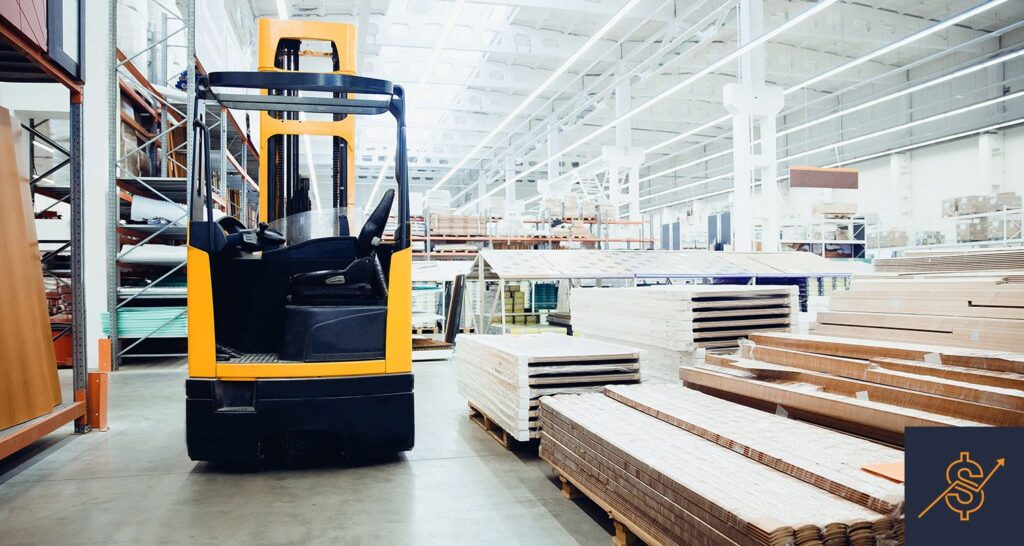
According to the U.S. Bureau of Labor Statistics, the Producer Price Index for products used in construction increased by 17% in 2021 compared to the previous year. Rising borrowing rates will probably compound all costs, putting additional strain on the entire building industry. Drones, augmented reality, and BIM technologies will be crucial in maintaining project volume and fending off this cost pressure.
Even while they ultimately result in greater cost savings for users in the long term, innovative living materials and technologies may cause prices to rise even further. These novel materials include some of the following:
Self-repairable concrete
3D graphene
Aluminum that is clear
LED-producing concrete
Inconspicuous solar cells
6. Green Construction

Homebuyers, renters, and commercial tenants all want green construction. Despite their long-term benefits, many eco-friendly and sustainable elements still cost more, but this will change over the next ten years as Ecotech and sustainable building become more commonplace.
According to the U.S. Energy Information Administration, renewable energy sources accounted for 11% of the global energy market in 2019 and are only predicted to expand in share as accessibility rises. Given that buildings still account for 40% of energy use in the US and 30% of greenhouse gas emissions, it is a sizable market.
Green building incorporates both technologies to lessen a building’s carbon footprint and resource use as well as building models to do so. Evidence that green buildings are beneficial to their tenants may be an even more important motivator. According to research, residents and even bystanders might benefit psychologically and physically from being in green buildings.
As evidenced by Google’s new multilevel London HQ, green scaping, the technique of adorning rooftops with plant coverings and mini-parks, is now widespread in metropolitan centers around the world. The project was classified by the developers as a “landscraper,” which is a structure with skyscraper-like dimensions that is constructed horizontally as opposed to vertically. This makes it possible for the building to be covered in extensive greenery while also enhancing its resilience to strong storms brought on by climate change.
7. Offsite and Modular Construction
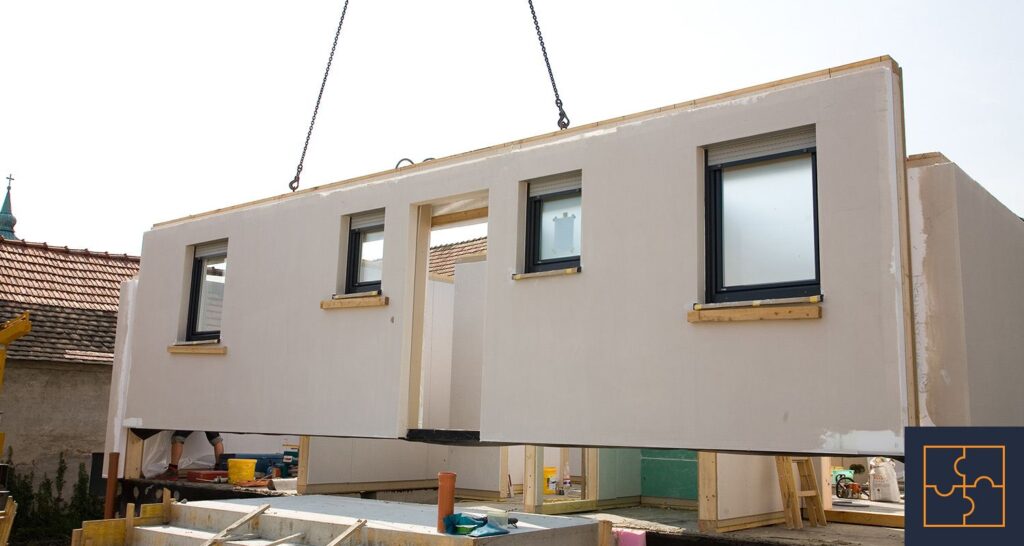
The building industry is currently experiencing a multi-year boom that shows no signs of slowing down. By 2025, the market for modular construction, which is currently dominated by the residential sector, is expected to grow to approximately $110 billion in value due to a shortage of qualified personnel and an increase in technology that reduces costs.
These prefabricated and modular structures can now be larger than ever thanks to new technologies. The tallest modular construction project in the country is currently the 21-story CitizenM Bowery Hotel in downtown Manhattan, which opened in 2019. The New York Department of Housing Preservation and Development also recently partnered with a modular developer to build a new affordable housing development in East New York. In favor of prefabricated construction, many significant worldwide builders claim they will reduce their on-site construction activity to just 25% by 2025.
The COVID-19 pandemic has not spared the prefab business, with some producers closing their doors to meet the lack of large-scale, modular construction geared toward the hospitality sector. Off-site construction isn’t disappearing, though, as a whole. The ability to better ensure employee safety in ventilated, climate-controlled areas makes modular projects excellent for those who wish to continue social segregation practices.
8. Software for Construction Management

An essential instrument for maintaining competitiveness, creating a valued company, and mastering operational efficiency is comprehensive construction management software.
Although the features and offerings of each software service vary slightly, the best ones address end-to-end requirements such as RFIs, data compilation, file sharing with mobile teams, budgeting, document storage, payroll and HR, and inventory management.
The following are the top-rated construction management software options for 2022:
Your company needs to select the best construction management software. Start by examining the software’s usability and compatibility with other programs already in use. Look for scalable software that can manage your needs now and in the future as they grow. Review the upgrade and feature options, customization possibilities, and the availability of support and training to get started.
9. Concentrating on housing projects
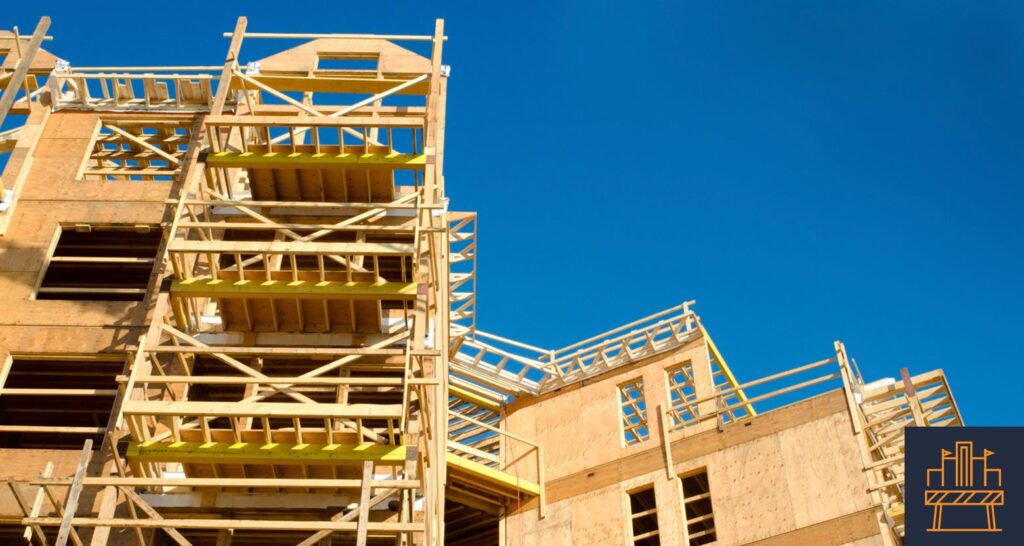
Some of the biggest construction firms, like Skanska, indicated that they are no longer pursuing massive transportation public-private projects and are instead concentrating on lower-risk arrangements as worldwide investment from tech companies grows in complicated megaprojects.
There is already a rise in interest in initiatives in the private sector as a result of the slump in large-scale projects. Residential construction spending increased by over 25% in 2021, while residential building starts are anticipated to rise by 7% in 2022.
10. The Smart City

The biggest technology firms in the world, including IBM, Microsoft, and Cisco, are making significant investments in large-scale initiatives to create sustainable, smart cities. These cities require extensive planning and development before construction since they are more complex and interconnected than the majority of megaprojects. By 2025, the market for smart cities is projected to increase by 20.5 percent, reaching $2.5 trillion.
Masdar City in the United Arab Emirates, Songdo International Business District in South Korea, Hudson Yards in New York City, and India’s Delhi-Mumbai Industrial Corridor are a few of the most significant worldwide megaprojects now under construction. These initiatives, which range in price from tens of billions to over $100 billion, are expected to have an impact on the economy, enhance infrastructure, and improve environmental conditions.
Global market trends in the construction sector are transforming quickly; growing costs and a lack of trained workers are likely to persist in the next ten years, and regulatory requirements could tighten up with an increased focus on workplace safety and climate change adaptation. Builders and developers can lower risk, win more contracts, and experience financial success by using new processes, utilizing new technologies, and investing in new projects.
Although the epidemic caused a statistical aberration in the building sector, the future remains mostly optimistic. After a slow start, development is predicted to pick up throughout 2022 as the American economy begins to recover from the pandemic and new economic hubs continue to emerge and expand.
Lorem ipsum dolor sit amet, consectetur adipiscing elit. Ut elit tellus, luctus nec ullamcorper mattis, pulvinar dapibus leo.
